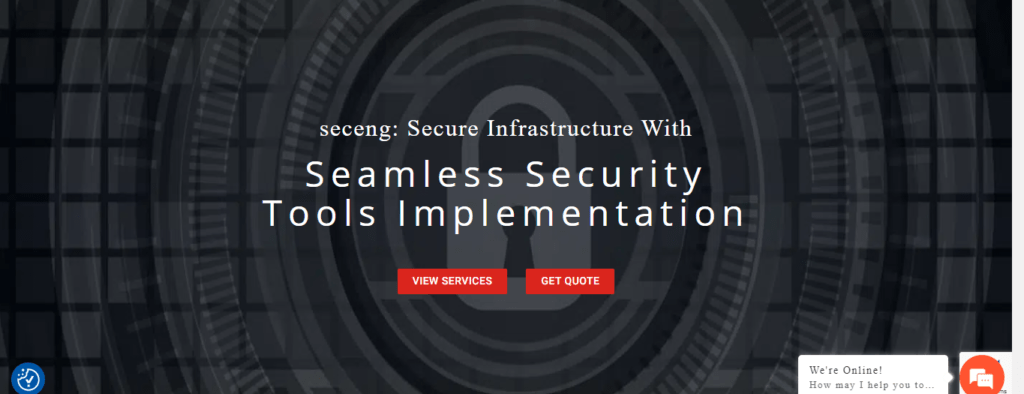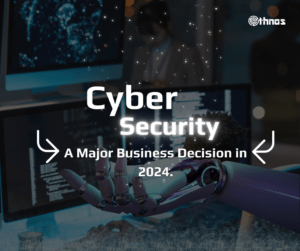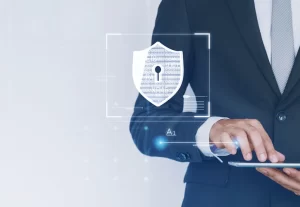Security Controls and Implementation: In today’s world where everything is interconnected, safeguarding sensitive information and assets has become of utmost importance.
Security Controls and Implementation
Organizations and individuals alike face a myriad of cybersecurity threats that can compromise data integrity and confidentiality. To counter these risks, the implementation of security controls is essential. But first of all, what are security controls?
What are Security Controls?
Security controls are measures, policies, procedures, or technologies put in place to safeguard information, assets, and resources from potential risks and vulnerabilities. These controls act as a protective barrier, detecting and deterring potential threats while enabling organizations to maintain a robust security posture. By using security controls, the impact of security incidents can be reduced, unauthorized access can be prevented, and crucial data, systems, and information can be kept confidential, accurate, and up-to-date.
Control Objectives and Security Controls:
Security controls are designed based on specific control objectives. These objectives define the desired outcomes that the controls aim to achieve. Some common control objectives include:
Confidentiality:
Protecting sensitive information from unauthorized disclosure by restricting access to authorized personnel only.
Integrity:
Guaranteeing the accuracy and trustworthiness of data and information by preventing unauthorized alterations or modifications.
Availability:
Ensuring that resources and services are readily available to authorized users when needed while preventing disruptions caused by cyber-attacks or system failures.
Types of Controls:
Security controls can be categorized into three main types, each serving a unique purpose:
Administrative Controls:
These controls encompass policies, procedures, and guidelines that govern the behavior of individuals within an organization. Examples include security awareness training, access control policies, incident response plans, and security audits.
Technical Controls:
Technical controls involve using technology to protect information and systems. Examples include firewalls, encryption, intrusion detection systems (IDS), antivirus software, and multifactor authentication (MFA).
Physical Controls:
Physical controls are measures put in place to protect physical assets and the environment in which information systems operate. Examples include biometric access controls, surveillance cameras, secure facility design, and locked cabinets for sensitive documents.
Control Functions:
Security controls serve several essential functions, collectively enhancing an organization’s overall cybersecurity posture:
Preventive Controls:
These controls are designed to stop security incidents from occurring. They aim to minimize potential risks and vulnerabilities through proactive measures like firewalls, access controls, and security training.
Detective Controls:
Detective controls focus on identifying and detecting security incidents as they occur. Examples include intrusion detection systems (IDS), security monitoring, and log analysis.
Corrective Controls:
Corrective controls come into play after a security incident has been detected. They aim to mitigate the impact of the incident, restore affected systems, and prevent future occurrences of similar incidents.
Deterrent Controls:
Deterrent controls are meant to discourage potential attackers. Examples of deterrent control measures include warning banners, security patrols, and prominent surveillance cameras.
Compensating Controls:
In cases where certain security objectives cannot be met directly, compensating controls are implemented to provide an alternative level of protection.
Best Security Control Service (Ethnos):
When it comes to ensuring top-notch information security, Ethnos stands out as a leading provider of comprehensive security control services. Their commitment to delivering innovative solutions and cutting-edge technologies has earned them a strong reputation in the industry.
Ethnos Security Control Services:
Ethnos offers a wide array of security control services, including:

Vulnerability Assessments:
Ethnos conducts thorough assessments to identify weaknesses and potential risks in an organization’s systems and infrastructure.
Penetration Testing:
Through simulated cyber-attacks, Ethnos tests an organization’s defenses to uncover vulnerabilities that malicious actors could exploit.
Incident Response:
At Ethnos, we offer quick and efficient incident response services to reduce the negative effects of security breaches and promptly restore regular operations.
Security Monitoring:
Ethnos employs advanced security monitoring techniques to detect and respond to real-time security incidents.

What is Ethnos?
Ethnos is a reputable technology and cybersecurity company dedicated to delivering state-of-the-art security solutions to clients. They specialize in helping organizations build robust cybersecurity defenses, protect sensitive information, and comply with industry regulations.
Is Ethnos Trusted?
Ethnos has established itself as a trusted and reliable partner in the cybersecurity realm. Their commitment to excellence, customer satisfaction, and industry best practices has earned them the trust of numerous organizations across various sectors.
In conclusion, security controls are indispensable components of a comprehensive cybersecurity strategy. They provide the necessary safeguards to protect information, systems, and resources from a constantly evolving landscape of threats. As a leading security control service provider, Ethnos plays a crucial role in helping organizations fortify their defenses and stay ahead in the ongoing battle against cyber threats. By investing in robust security controls and partnering with trusted experts, organizations can mitigate risks, protect their assets, and maintain a secure and resilient environment in the face of ever-evolving cyber challenges.
Security Controls and Implementation – Security Controls and Implementation – Security Controls and Implementation – Security Controls and Implementation



